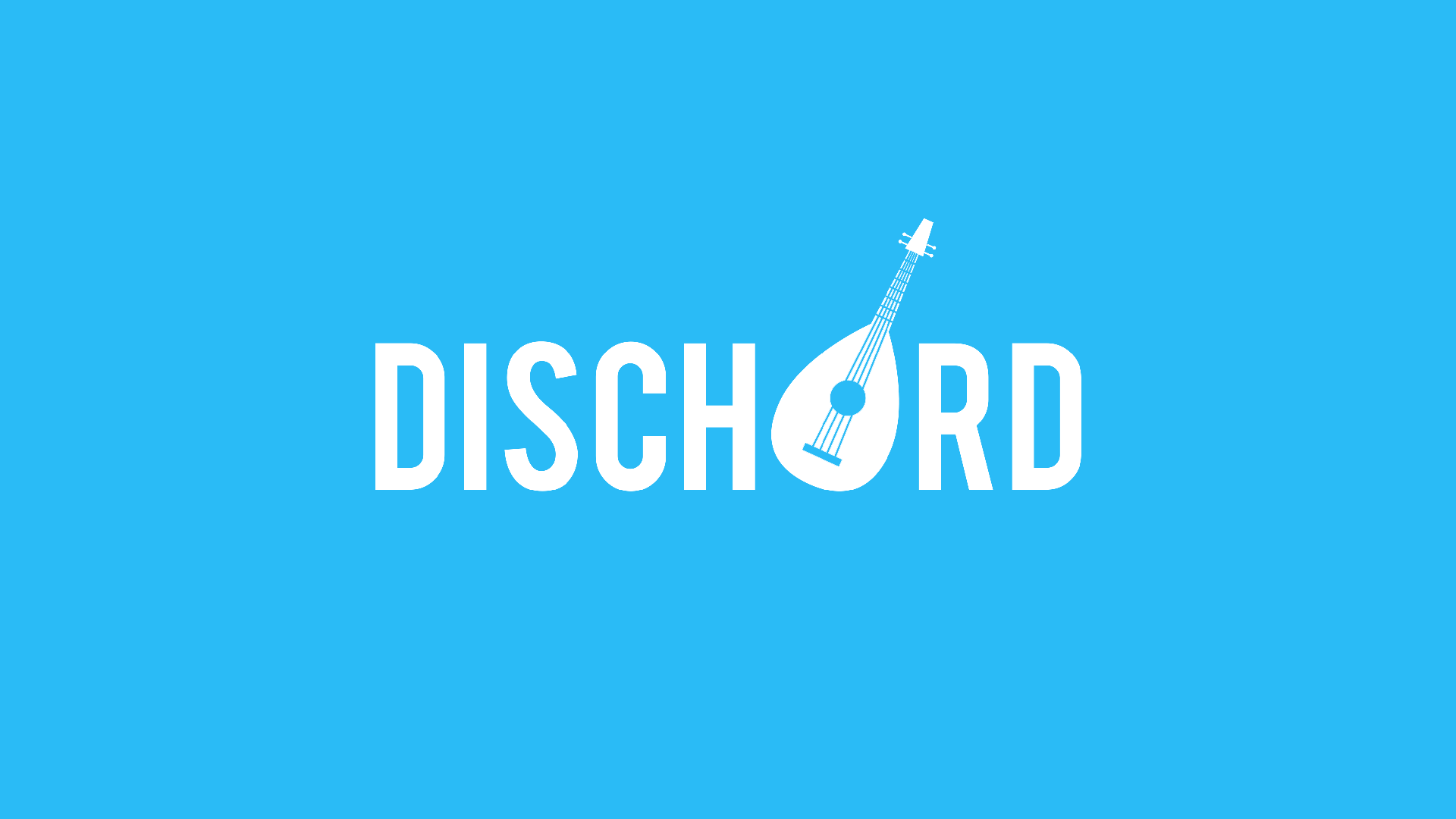I'm running the latest version of Discord.
The new Start Virtual Camera button hasn't displayed below Start Streaming & Recording, but it has shown up under Tools > Start Virtual Camera. This may have been the OBS-VirtualCam MAC I installed.
My goal is to Livestream a Logic Session onto Discord for my band members. However, when I go onto Discord the OBS Virtual Camera does not display under Video Settings > Camera.
I've been able to successfully use the Virtual Camera on Zoom.
Would anyone be able to pinpoint what my problem might be? Thanks in advance.
You can post images in a text channel or a private message to another user. Use one of the following options to open a chat. Text channel: Click one of the channels listed below 'Text Channels' in the menu to the left. Find games for macOS tagged Ludum Dare 32 like The Rock the Paper and the Scissors, Hornets, DAGDROM, Ageless Machine: Cup of Tea, Venari on itch.io, the indie game hosting marketplace. Nothing good can come of this mac os. Mac Software: Mac OS X 10.6.6 or later; Devices: iPhone 4 and later, fourth generation iPod touch and later, iPad 2 and later, Mac with camera; Google Hangouts. Google Hangouts is well-named. It's one place in the Google ecosystem where users can pause during or between activities and chat with friends and colleagues via voice, text or video. John daly gambling losses. Our mission is to help people find their sonic identity, useful tips about the software, share voices and express. 146,758 members. And yes, this applies to all versions of OS X, as every version on every Mac defaults to using bash as the command prompt. OK let's get started. The default command line prompt in Mac OS X is something like: ComputerName:CurrentDirectory User$ That would look something like this when the Terminal has been launched: MacBook:/Desktop Admin$.

These steps apply only to Mac computers with an Intel processor. The steps to erase a Mac with Apple silicon are different.
Before erasing your Mac
- Make a backup of any files that you want to keep. Erasing your Mac permanently deletes its files.
- If you want to restore your Mac to factory settings, such as to prepare it for a new owner, first learn what to do before you sell, give away, or trade in your Mac. Then erase your Mac as the final step.
Use Disk Utility to erase your Mac
Dischord (ld32) Mac Os X
- Start up from macOS Recovery: Turn on your Mac, then immediately press and hold these two keys until you see an Apple logo or other image: Command (⌘) and R.
- If asked, select a user you know the password for, then enter their administrator password.
- From the utilities window, select Disk Utility and click Continue.
- Select Macintosh HD in the sidebar of Disk Utility. Don't see Macintosh HD?
- Click the Erase button in the toolbar, then enter the requested details:
- Name: Macintosh HD
- Format: APFS or Mac OS Extended (Journaled), as recommended by Disk Utility
- Click Erase Volume Group. If you don't see this button, click Erase instead.
- If asked, enter your Apple ID. Forgot your Apple ID?
- After the erase is done, select any other internal volumes in the sidebar, then click the delete volume (–) button in the toolbar to delete that volume.
Disregard any internal volume named Macintosh HD or Macintosh HD - Data, as well as any volumes in the External and Disk Images sections of the sidebar. - Quit Disk Utility to return to the utilities window.
- If you want to start up again from the disk you erased, select Reinstall macOS in the utilities window, then click Continue and follow the onscreen instructions to reinstall macOS.
If you don't see Macintosh HD in Disk Utility
Your built-in startup disk should be the first item listed in the Disk Utility sidebar. Coin dozer game online. It's named Macintosh HD, unless you changed its name. If you don't see it there, choose Apple menu > Shut Down, then unplug all nonessential devices from your Mac and try again.
If your disk still doesn't appear in Disk Utility, or Disk Utility reports that the erase process failed, your Mac might need service. If you need help, please contact Apple Support.
Learn more
Mac Os Mojave
For more information about using Disk Utility, see the Disk Utility User Guide.

